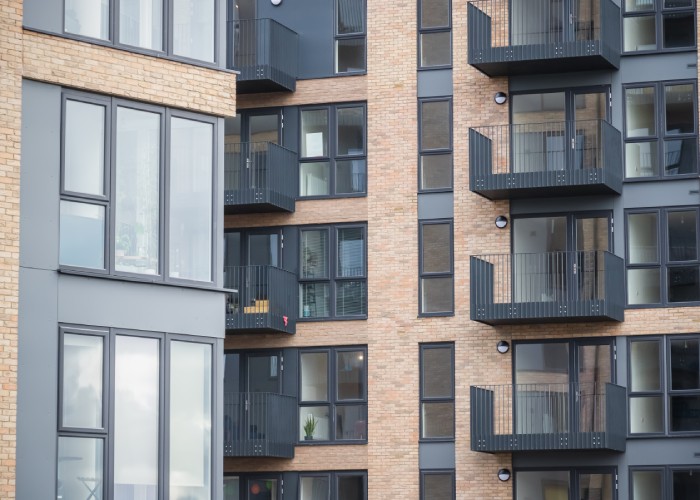Some students can have high standards when deciding on accommodation. After all, there can be many options to choose from!

They may pay particularly close attention to features and amenities. These additions could round out their university experience or even promote healthier lifestyle choices for them to practice. This is why more and more companies are looking to design and build new homes from scratch for the purposes of being used for students. University can be a time for students to find themselves, and the accommodation offered could play a role in that.
Students can look for many design features and amenities in their accommodations. We’ve listed some possibilities below.
Quality Interior Design
Students may sometimes expect to live in a run-down property. It might feel like a necessary compromise to living in a great location as affordably as possible.
These assumptions may start to change soon as better quality properties become available more cost-effectively. One may find out more here about how this is possible with Student Crib advertising properties emphasising great interior design. They’ve tried to create a secure and homely atmosphere for students. All of that could ensure students enjoy a better standard of living without breaking the bank.
It might help to design accommodations that students will genuinely enjoy rather than tolerate. Their university years may come to mean a lot to them, and they might not wish to live in what may essentially be a glorified hotel room. They might want to socialise in these spaces, relax, and ultimately feel at home. Interior design might seem broad, but adhering to the latest modern trends and standards could create an all-important ambience if enough thought goes into it.
Communal Kitchens
Some students might enjoy their privacy, especially regarding things like en suites in halls. However, there might be a communal aspect to the university experience they treasure.

The communal kitchen can sometimes be a space where students congregate and enjoy each other’s company. They may wish to host a party there or cook together while watching TV and listening to music. Therefore, it may be useful to consider these spaces more than practical areas but also places where meaningful relationships blossom.
Communal kitchens should be spacious and perhaps merge into other areas as well. For example, a carpeted area could have enough room for television sets, sofas, and dining tables. That way, the communal kitchen can welcome more people, and the layout will discourage people from crowding refrigerators and stoves.
Bicycle Storage
Though many university students might be able to drive, some may choose to leave their cars at home or not own one for the duration of their studies. Cars can be expensive to run, and as students are already facing rising costs, priorities may need to be shifted.
Instead, students might prefer bicycle storage as part of their accommodation arrangements. Whether it’s halls or new builds, these features can be appealing. That way, students still have a way to get around at speed, but without all the costs of vehicle ownership. Moreover, younger generations could perhaps be more eco-conscious, so they may prefer bicycles on that basis too. Regardless of the reasons, bicycle storage can be a great feature for student accommodation.
Bike storage areas may need to be especially secure as thefts can occur. While students may be expected to provide their own bike locks, ensuring that CCTV monitors the area could deter would-be thieves. Serving notice that the area is being regularly supervised could also be a good idea. Security features may give students the final push they need to take up cycling if they need it as well.
Gym Facilities
In 2019 it was reported that many 18-35-year-olds felt too self-conscious to join a gym that year. The findings might be from a while ago, but the consensus may not have changed so much after pandemics, and other influences, perhaps nudged people out of shape in the years since.
Having a gym feature in student accommodation could be a good idea. The presence of these facilities may encourage people to make a positive change and feel more comfortable while doing so. They may be surrounded by peers and fellow first-timers rather than hardened athletes in a more commercial gym in town.
Students might care more than most about how they look, too. After all, the university experience could be a time of reinvention for some students, perhaps a chance to grow into the people they wish to be. Having a gym on hand could aid them in those matters. Like bicycle storage, these features may also help students lead active lifestyles and stay healthy, which could be huge draws when promoting student accommodation.
Conclusion
Student accommodation can sometimes be undervalued, designed to be little more than a pitstop during an academic career. However, more designers could be realising that these spaces must offer value, promoting good times and healthier lifestyles. Perhaps developers should put themselves in the student’s shoes when designing these spaces. They could also enquire or research further what they’re looking for.




